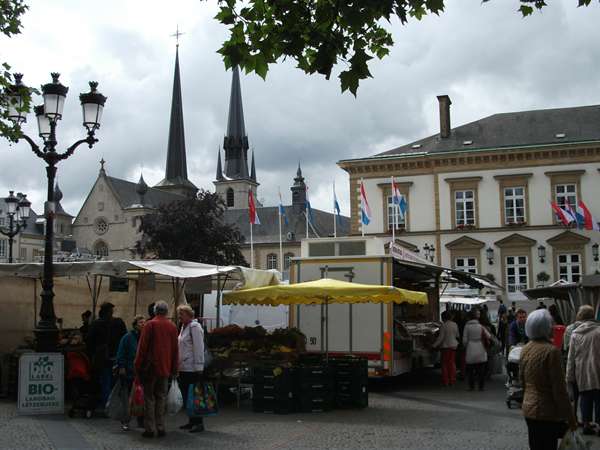From despot to Dracula
This story happened on: 19/08/2015
Gallery
Greece was a breath of fresh air after Albania. First night was spent at Camping Lichnos Beach, by a sandy cove at the foot of a steep descent near Parga. It’s a delightful spot and we stayed three nights to explore the resort and hike over nearby headlands.
Having fallen behind schedule again, we dropped Istanbul from the itinerary and, instead, went to Lefkada, one of the Ionian Islands, where a friend owns a house. He and his young son met us at Camping Vassiliki Beach, a short walk from Vassiliki town and its restaurant-lined harbour, and showed us sights like Aghios Nikitas and Sivota, and unspoiled beaches at Afteli Bay and Port Katsiki.
Returning to the mainland, we drove to Ioannina, staying at Camping Limnopoula beside Lake Pamvotis, looking out on the island where despot Ali Pasha was assassinated in 1822. He was buried at Ioannina’s citadel, beside the Fethiye Mosque.
En route to the Aegean Sea, we stopped at the Meteora, near Kalambaka, famous for its monasteries perched on lofty pinnacles. From our base, Camping Vrachos at Kastraki, a bus took us to the highest monastery, Megalou Meteorou, and then we walked down through the remarkable landscape.
Beside the Aegean, we pitched a night at Camping Heraklia Beach at Panteleimonas, next to the site restaurant and a long sandy beach overlooked by an impressive castle, before flashing past Thessaloniki en route for Bulgaria. South-west Bulgaria has some wonderful scenery, particularly through the Kresna Gorge, popular for white-water rafting. Beyond Blagoevgrad, we drove into the Rila mountains, staying at Camping Zodiac, a beautiful site near Bulgaria’s star attraction, the Rila Monastery. It’s a great area for hiking, too, deep into the mountains beside gushing rivers.
Bulgarian sites went rapidly downhill after that and those near Sozopol and Nesebar on the Black Sea were the worst we stayed at, and twice we used hotels where sites shown on our map didn’t exist. And apart from Sozopol and Nesebar, Black Sea resorts were disappointing. Our campervan also suffered a gearbox problem here, quickly resolved in a backstreet garage in Burgas. Our only other highlight was Bulgaria’s second city, Plovdiv, with its lively centre and Roman theatre.
At Silistra, we caught a ferry across the River Danube into Romania, and crossed the plains to Bucharest, by-passing the capital on its dreadful ring-road. Apparently, driving through the city is even worse. Eventually we turned north for the Transylvanian mountains.
Our first nights in Romania were spent at Bran, famous for its castle and Dracula links. The aptly named Camping Vampire has superb mountain views and is also handy for Brasov, with its lovely medieval centre, citadel and cablecar up Mount Tampa.
Further north, we stayed at two delightful Dutch-owned sites, Camping De Oude Wilg, at Carta, near not-to-be-missed Sibiu, and Camping Doua Lumi, at Blajel. The latter had a swimming pool, while the owners arranged dinner for us with a local farming family - a fascinating evening. Another sight-seeing must is Sighisoara, dominated by its picturesque citadel, full of medieval buildings, including the birthplace of Vlad the Impaler, the inspiration for Dracula.
After a final Romanian night at Camping Eldorado, Gilau, shared with 20 Polish bikers, we drove to Oradea, an unexpectedly attractive border town, before entering Hungary.



